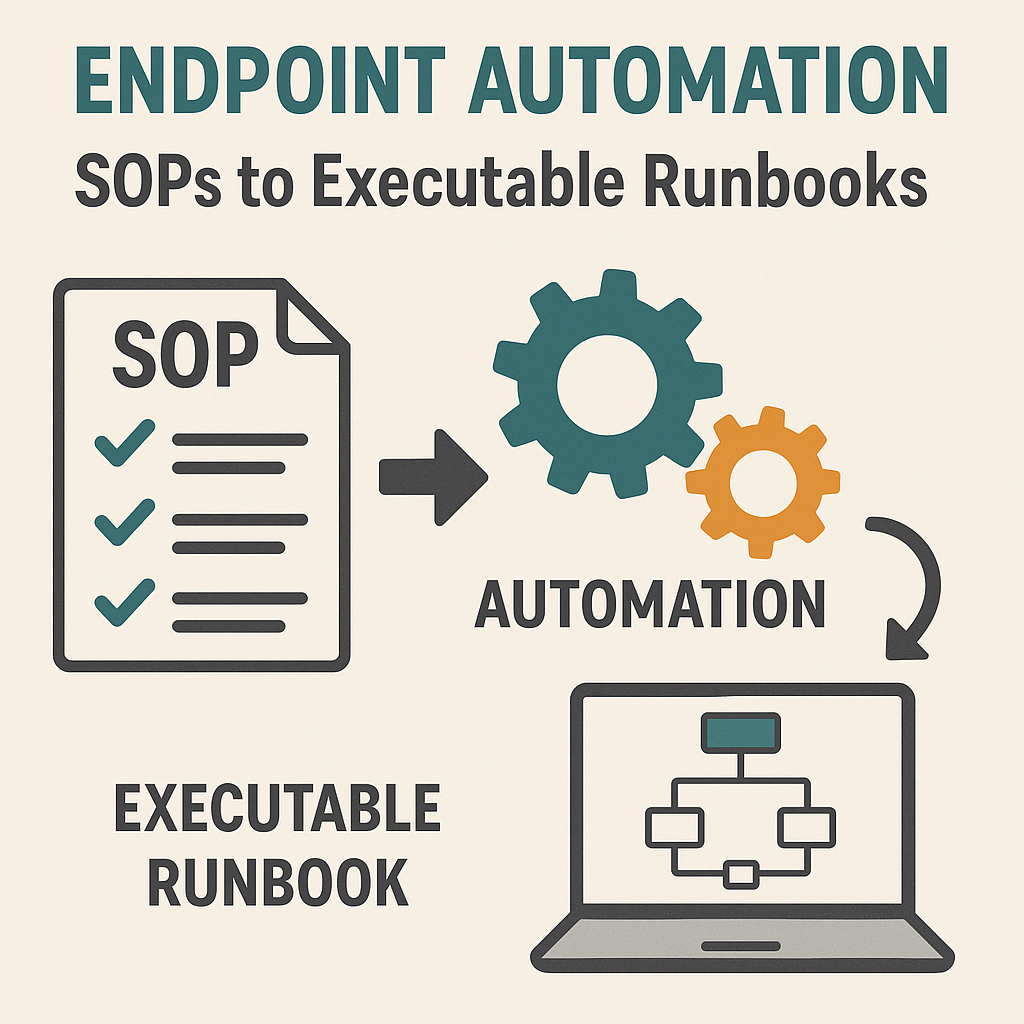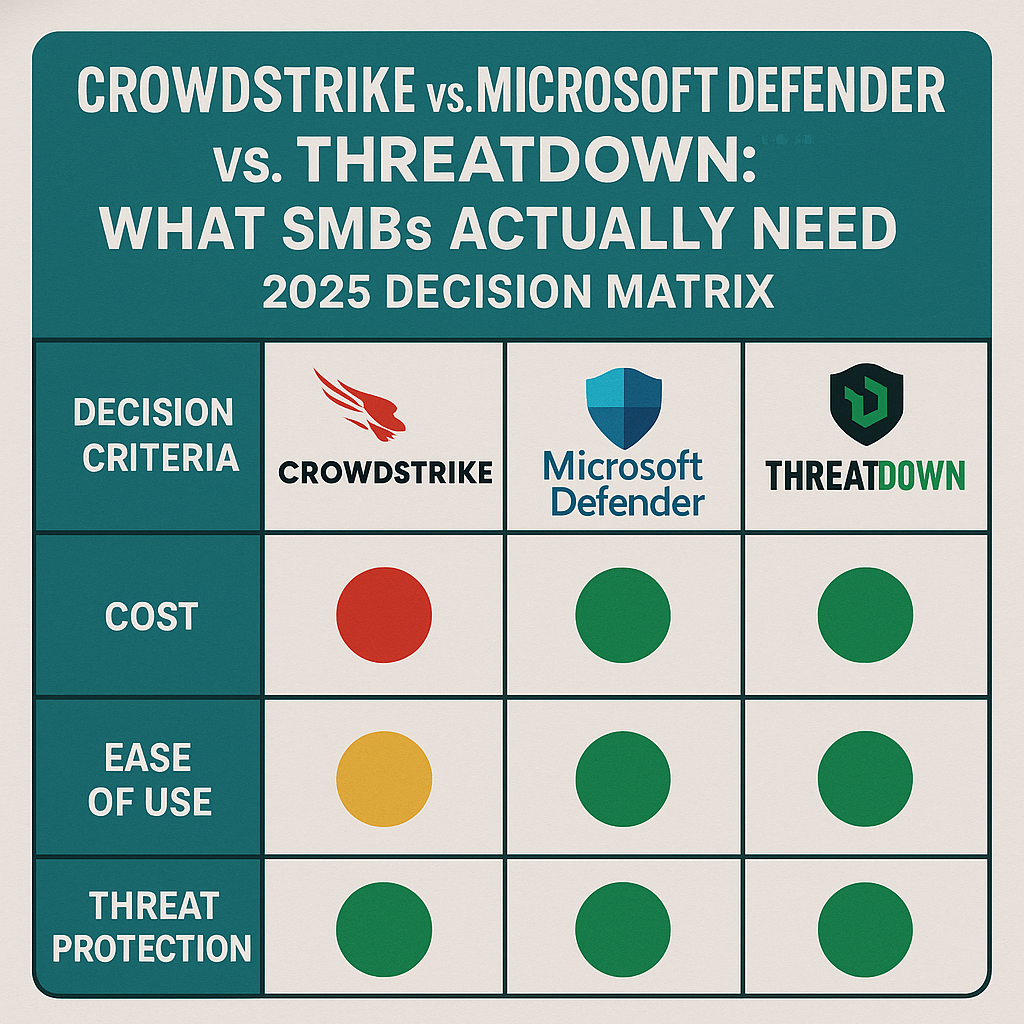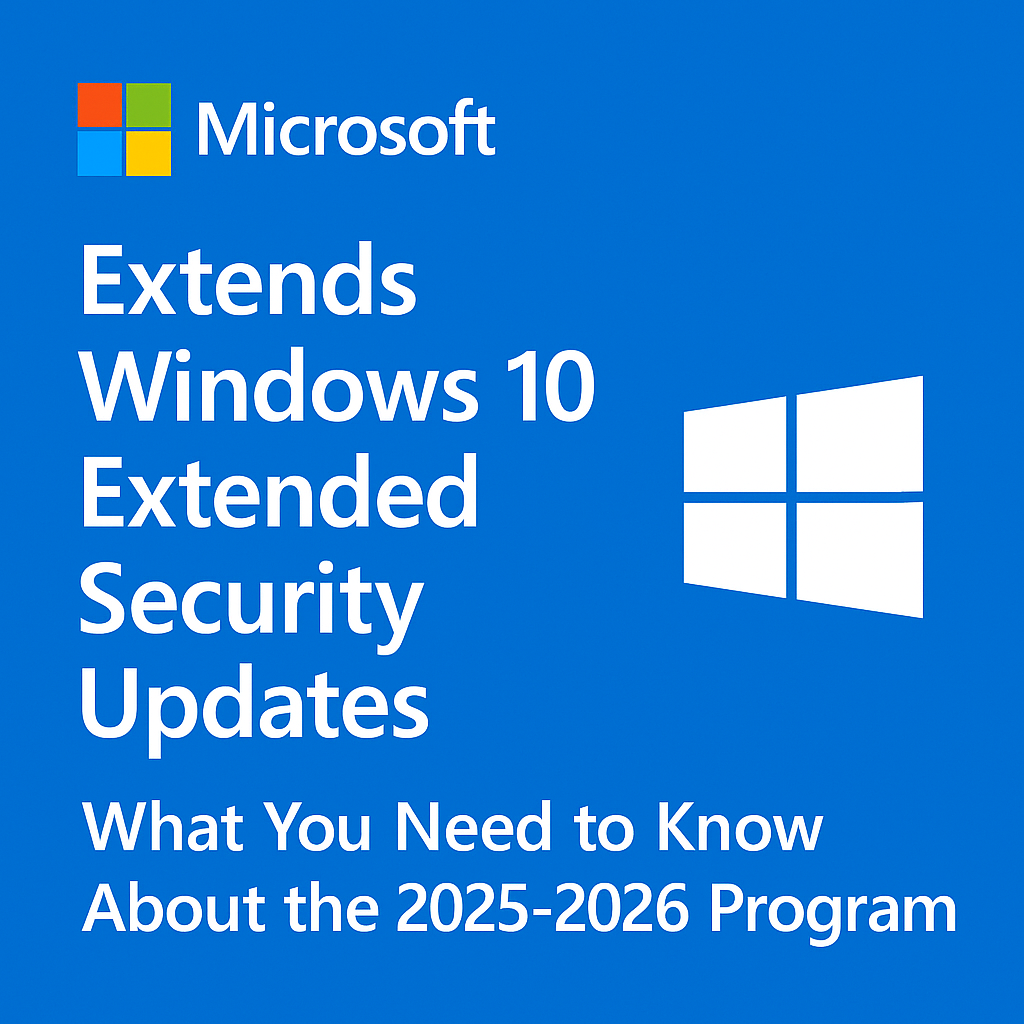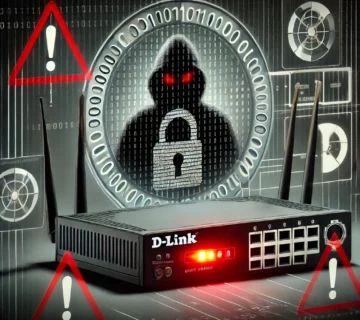
Endpoint Central Automation: Turning IT SOPs into One-Click Runbooks
Focuses heavily on the challenges of managing IT operations manually, arguing that Standard Operating Procedures (SOPs) are often ignored or performed inconsistently due to human factors like distraction and time pressure. It introduces endpoint automation platforms, specifically ManageEngine Endpoint Central, as the solution for transforming these static procedures into executable, one-click "runbooks" that ensure consistency and scale. The text explains that automation mitigates human error, speeds up critical tasks like security incident response and patching, and significantly improves compliance and efficiency, ultimately freeing technicians for higher-value work. Finally, the source mentions Technijian as a specialist partner for implementing this automation and providing ongoing expertise. ... Read More



